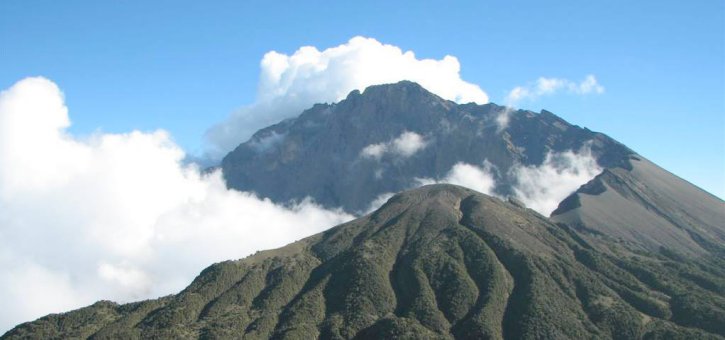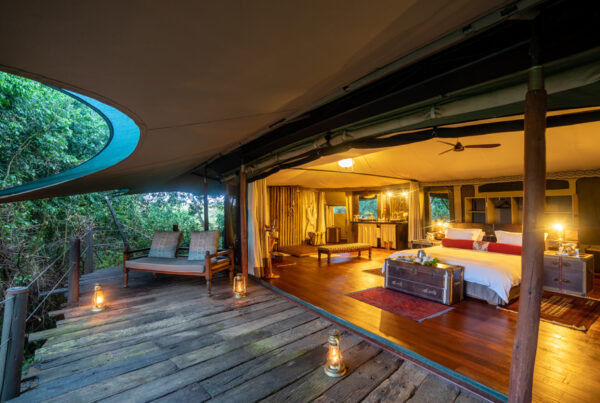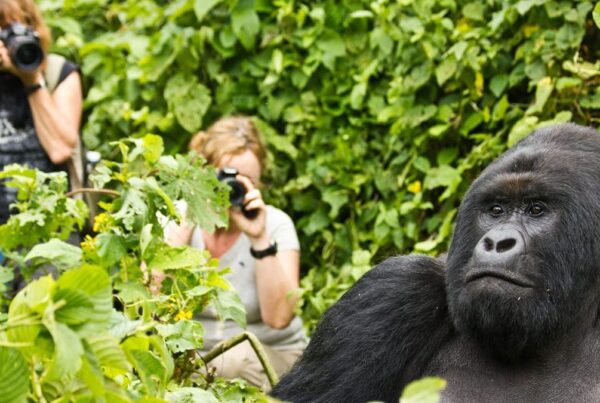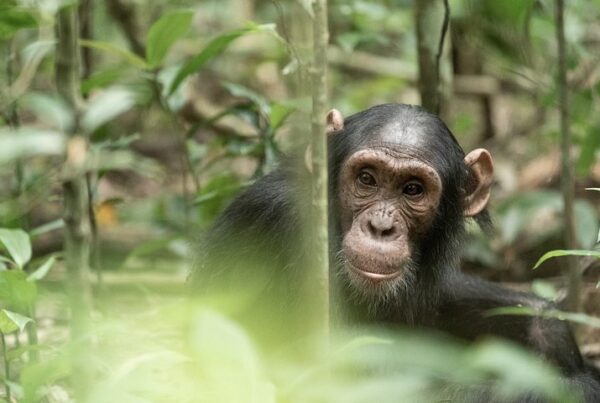Things You Need To Know Before Climbing Mt Meru in Tanzania
Discover the Untamed Majesty of Mount Meru
Rising dramatically to an altitude of 4,562 meters, Mount Meru stands as Tanzania’s second highest peak and an exhilarating challenge for trekkers seeking an alternative to the famed Kilimanjaro. Nestled within the Arusha National Park, Mount Meru offers a unique blend of stunning volcanic landscapes, diverse ecosystems, and rich wildlife. The climb provides a less crowded, yet equally rewarding adventure with panoramic views and a striking sense of wilderness. However, before embarking on this journey, several crucial factors must be understood to ensure a safe, enjoyable, and successful ascent.
Understanding the Physical and Environmental Challenges
Mount Meru’s ascent is characterized by significant altitude gain over a relatively short distance, requiring both physical endurance and careful acclimatization. The trail passes through varied climatic zones, starting from lush montane forests teeming with wildlife, ascending through moorlands and alpine zones to reach the stark summit crater. These transitions demand flexibility from trekkers, who must be prepared for fluctuating temperatures, ranging from warm forested valleys to freezing, windy summit conditions.
The terrain itself varies from well-trodden paths to rugged, volcanic rock fields that may present slippery and uneven footing. Hiking boots with good ankle support and grip are essential. Furthermore, the high altitude poses risks of acute mountain sickness (AMS), which can manifest through headaches, dizziness, nausea, and fatigue. Understanding the symptoms and adopting a slow, steady pace with adequate hydration and rest days is critical in preventing serious complications.
The Importance of Permits and Park Regulations
Access to Mount Meru requires official permits issued by Tanzanian park authorities, as the mountain is located within a protected national park. These permits are essential for both environmental conservation and visitor safety. Climbing without permits is prohibited and monitored by park rangers who enforce strict regulations.
Guided climbs are strongly encouraged and, in some cases, mandatory, as local guides are familiar with the routes, altitude challenges, and safety protocols. The presence of guides not only enhances safety but also enriches the experience through knowledgeable interpretations of the mountain’s geology, flora, fauna, and cultural significance. The park authorities also regulate group sizes and camping locations to minimize environmental impact and preserve the fragile ecosystem.
Optimal Timing and Weather Conditions for the Climb
The best time to climb Mount Meru falls within Tanzania’s dry seasons, from late June to October and from late December to February. During these periods, weather conditions are more stable with reduced rainfall, clearer skies, and milder temperatures, improving visibility and trail safety.
Outside these windows, heavy rains can render trails slippery and difficult, while dense clouds may obscure the spectacular views. The summit is often cold, with possible frost and strong winds, even during the dry season. Therefore, appropriate layering and weatherproof gear are indispensable. Climbers should also be prepared for sudden weather changes and consult local weather forecasts prior to departure.
Essential Gear and Preparation for the Trek
Preparation for Mount Meru’s climb involves assembling suitable equipment tailored to a multi-day trek in variable conditions. Clothing should include moisture-wicking base layers, insulating mid-layers, and waterproof outer shells. Thermal gloves, hats, and buff scarves are important to guard against the cold at higher altitudes.
Camping equipment such as sturdy tents, sleeping bags rated for cold temperatures, and sleeping mats are usually provided by reputable tour operators, though confirming this beforehand is advised. Trekking poles may alleviate strain on knees during steep ascents and descents. Adequate sun protection, including sunscreen and sunglasses, is vital due to high UV exposure at altitude.
Physical conditioning prior to the climb cannot be overstated. Cardiovascular endurance, leg strength, and flexibility should be developed through regular hiking, walking, or aerobic exercises. Mental preparedness, patience, and determination are equally important given the mountain’s challenges.
Wildlife and Natural Wonders Along the Route
Mount Meru’s route through Arusha National Park provides the rare opportunity to witness diverse wildlife in proximity to a high-altitude trek. Early sections of the trail pass through forests inhabited by colobus monkeys, blue monkeys, elephants, and a variety of bird species. The presence of larger mammals such as giraffes, buffalo, and even lions has been documented, though sightings are less frequent.
The volcanic crater at the summit is a striking natural feature, with fumaroles and mineral deposits offering insights into the mountain’s geological history. From the peak, expansive views extend across the plains, revealing distant Mount Kilimanjaro and the Serengeti ecosystem on clear days. This natural panorama rewards the exertions of the climb with awe-inspiring beauty.
Acclimatization Strategies and Health Considerations
Proper acclimatization is a critical component of a successful Mount Meru ascent. The relatively rapid altitude gain necessitates a deliberate climbing pace with regular rest stops and hydration to allow the body to adjust. Spending a night at the saddle camp, situated at approximately 3,600 meters, is recommended to reduce the risk of altitude sickness before attempting the summit.
Nutrition during the trek should focus on balanced meals rich in carbohydrates and proteins to maintain energy levels. It is advisable to carry a basic medical kit, including medications for altitude sickness, pain relief, and gastrointestinal issues. Climbers with pre-existing health conditions should consult healthcare professionals prior to the trek.
Environmental Responsibility and Sustainable Tourism
Mount Meru’s fragile ecosystems demand responsible tourism practices. Climbers and operators are encouraged to follow Leave No Trace principles, minimizing waste, avoiding disturbance to wildlife, and adhering to designated trails and campsites. Conservation efforts in Arusha National Park are supported by park fees and permits, contributing to habitat protection and local community benefits.
Engagement with local guides and porters not only supports the economy but also fosters cultural exchange and respect for indigenous knowledge. Ethical tourism enhances the overall experience while ensuring that Mount Meru remains a pristine destination for future generations.
Preparing for an Unforgettable Adventure
Climbing Mount Meru offers an extraordinary blend of adventure, natural beauty, and wildlife discovery. Success on this challenging trek depends on thorough preparation, respect for the mountain’s demands, and adherence to park regulations. With proper acclimatization, suitable gear, and expert guidance, the climb can be both safe and immensely rewarding.
Plan Your Mount Meru Expedition with WildHorn Africa
For those eager to undertake the climb of Mount Meru, professional planning and local expertise are invaluable. Booking your Tanzania tours and safaris through WildHorn Africa ensures access to experienced guides, comprehensive support, and thoughtfully designed itineraries. WildHorn Africa’s commitment to sustainable and authentic travel guarantees that every step on Mount Meru will be part of a seamless, inspiring African adventure.





 WildHorn Africa – Authentic and unforgettable tours across Africa, guided by local experts who know the land, wildlife, and culture best.
WildHorn Africa – Authentic and unforgettable tours across Africa, guided by local experts who know the land, wildlife, and culture best.


